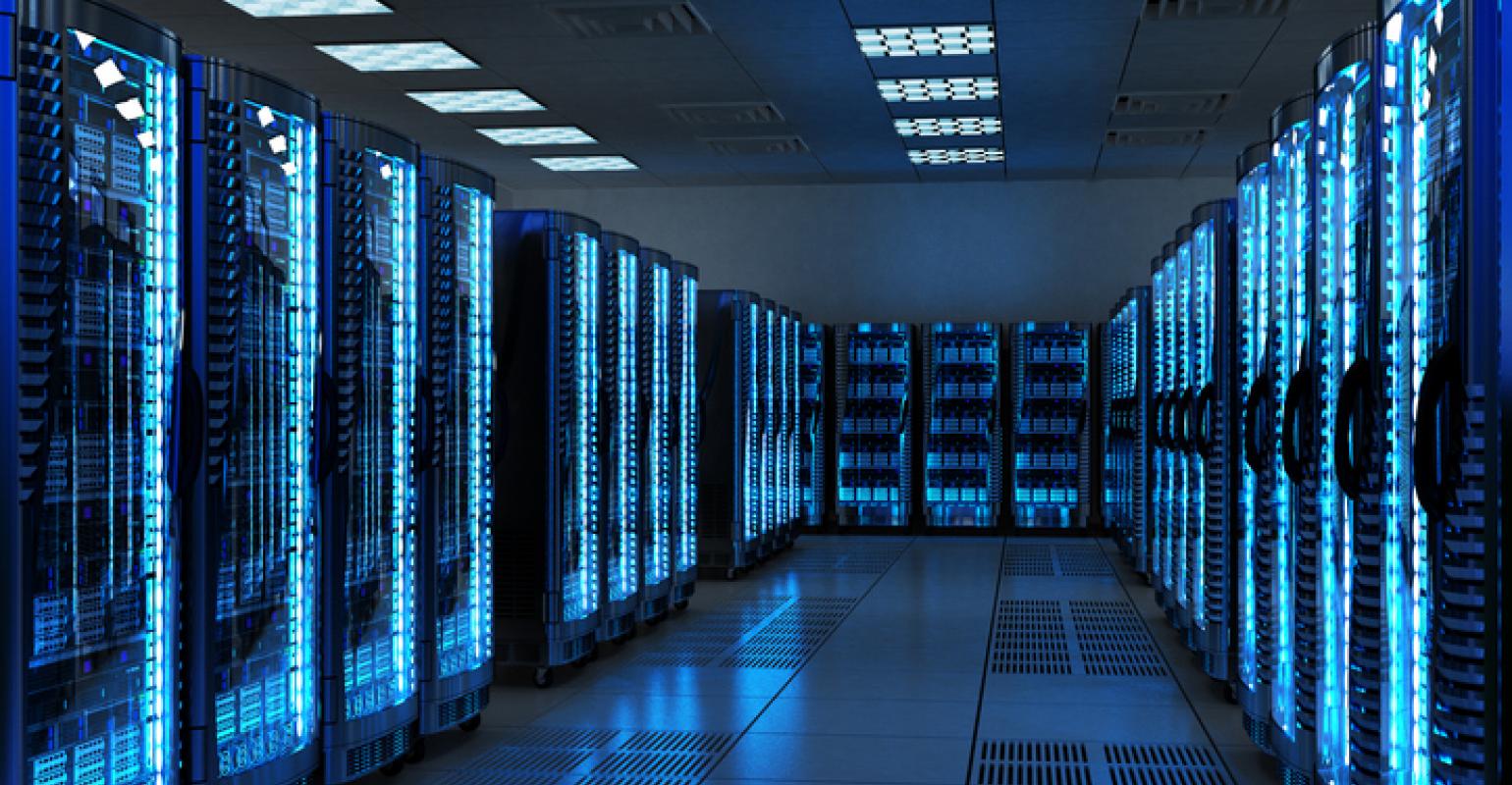 |
| Source: IntelDig.com (used without permission) |
The Linn County Planning and Zoning Commission had a long discussion about proposed large-scale data centers at their Monday meeting, led by Planning and Development director Charlie Nichols. They are anticipating a formal ordinance at their November 17 meeting.
Increasing use of computerized data, particularly with the rise of artificial intelligence operations, has resulted in the burgeoning construction of "hyperscale" data centers nationwide. Linn County, Iowa, is getting into the game, with two planned for unincorporated areas, to be operated by Google and QTS. These were approved "by right," because the historically small scale of data centers led them to be considered a normal industrial use.
Linn County is discussing an ordinance related to future data centers (Nieland 2025), and has requested bids on a study of water impact, which will be paid for by Google. Meanwhile, local officials are bragging on the size of the investments Google and QTS are making in their data centers. But does that signify in any way to the average metro resident?
So quickly has the data center phenomenon taken hold that there aren't really good data on their impacts. Several Minnesota groups have raised questions about the effect data centers in that state are having on water supplies and rates (Meyer 2025). Rosemount, Minnesota, on the edge of the Twin Cities metro area, is seeing construction of a hyperscale data center, and Streets.MN lists six other projects at various stages. Dr. Carrie Ferguson of the nonprofit Freshwater told Streets.MN: "We don't understand the total water footprint at all. There is opacity and nondisclosure all along the way." Cathy Johnson, chair of a citizen group in Farmington, south of Rosemount, called Coalition for Responsible Data Center Development, told of the difficulty in getting information from the developer of the data center in that town: "The coalition learned that water demands for the proposed data center campus would require 2.93 million gallons per day, according to the agreement the city signed with Tract in December 2024; normally the city's total daily consumption is 2.3 million gallons a day. (All quotes from Meyer 2025; italics and bolding are mine.)
Other communities are finding their electric bills shooting upward: Watchdog groups like AEP Ohio attributed hikes of $27 per month to the average Columbus family to the energy demands of area data centers (Whoriskey 2025). Abe Silverman, who studies energy markets at Johns Hopkins University, told The Washington Post: "We are seeing every region of the country experience really significant data center load growth. It's putting enormous upward pressure on prices, both for transmission and for generation." Power demands of data centers will rise sharply in the next few years, according to the U.S. Department of Energy cited by Nichols.
This year, incoming Washington governor Bob Ferguson created a task force to study the environmental and economic impacts of data centers, after 87 centers were built in the state, often by companies who were awarded massive tax advantages (Ramadan and Brownstone 2025). The task force, which has yet to make its report, was created after a series of articles published by the Seattle Times and ProPublica suggested the tax breaks were buying less job creation and more energy use than had been sold to state officials (cf. Ramadan and Brownstone 2024).
Photographer Steven Voss (2025) took pictures of data centers in Northern Virginia, which he calls "the world's internet hub" processing maybe 70 percent of global data. Almost half of the state's 600 data centers are located in two unincorporated communities, Ashburn and Sterling, close by Dulles International Airport. He depicts the centers' enormous land use, light pollution, and noise. (Nichols of Linn County points out that part of Virginia is "much more built out" than the corners of Linn County where hyperscale data centers are going. Google, for one, has proposed building a data center near Palo.)
 |
| Linn County Planning and Development director Charlie Nichols addresses Planning and Zoning Commission October 20 (screen capture from county-provided video) |
The experience with data centers illustrate our vulnerability to market forces: when a new, powerful player(s) enters the market for, say, water or electricity, ordinary users with ordinary market power get priced out as higher demand jacks up the equilibrium ("market") price for that good. Other effects are negative externalities, including the environmental impacts of higher resource use. If hyperscale data centers increase their electricity consumption by 22 percent--what's projected for 2025, cf. Robinson 2025)--that's not going to be easy for either households or the natural world to absorb.
As you can see, I'm ambivalent about the sudden rise of data centers, and by the sudden rise in use of artificial intelligence that causes it. Investment in data centers seems a poor substitute for sustainable economic development, even as the big-win-fixated governments shower them with tax breaks. The risks are spread among all of us, while the benefits are concentrated at the top. As Mary G. (2025), who shepherds the coffeeneuring movement over at Chasing Mailboxes, said after an AI incursion that she's "learned that tech companies fervently believe that AI is going to make them rich and that our data will feed their money-making machine. It's one of the many reasons I remain mixed about using Facebook, while some of me has still found that it can be a helpful tool for some things."
I wish I could be more hopeful that we can have data without scorching the Earth. I'm encouraged by local protests like those folks in Minnesota, and in Indianapolis, and elsewhere, but I'm not naive about the ability of large corporations to snow revenue-starved localities.
SEE ALSO: "Cedar Rapids' Big Bets," 17 January 2025
"Large Language Muddle," n + 1 51 [Have we considered why we're building all these data centers?]
Jomo Kwame Sundaram and Kuhaneetha Bai Kalaicelvan, "Data Centre Investments Bad Deals," Challenging Development, 28 October 2025 [Malaysian economist summarizes the case against them]




No comments:
Post a Comment